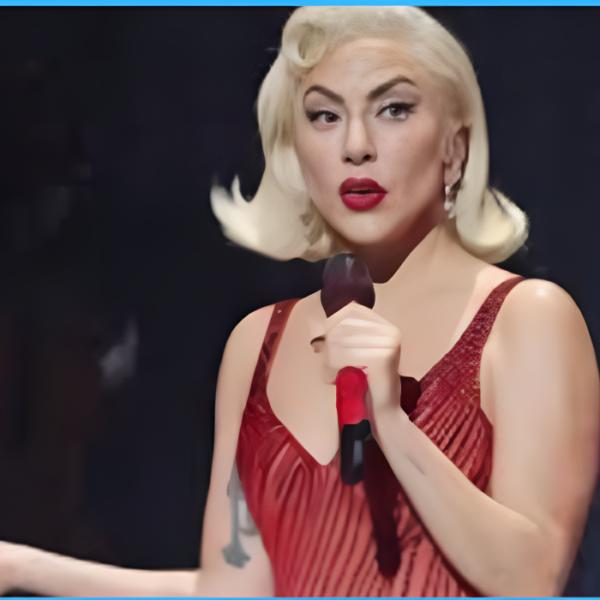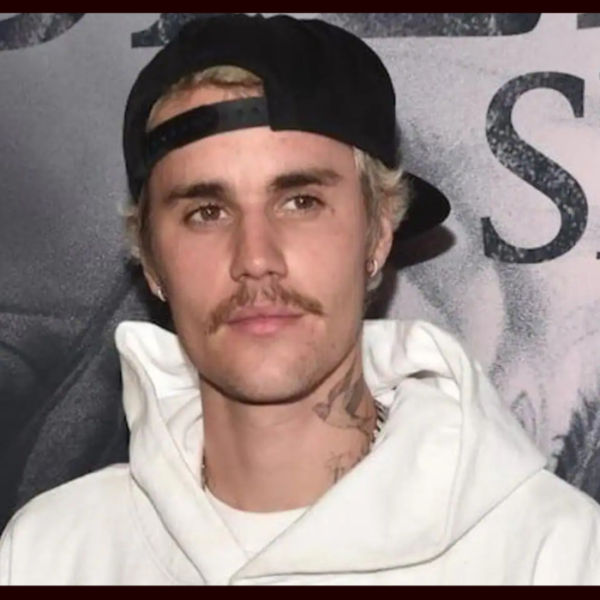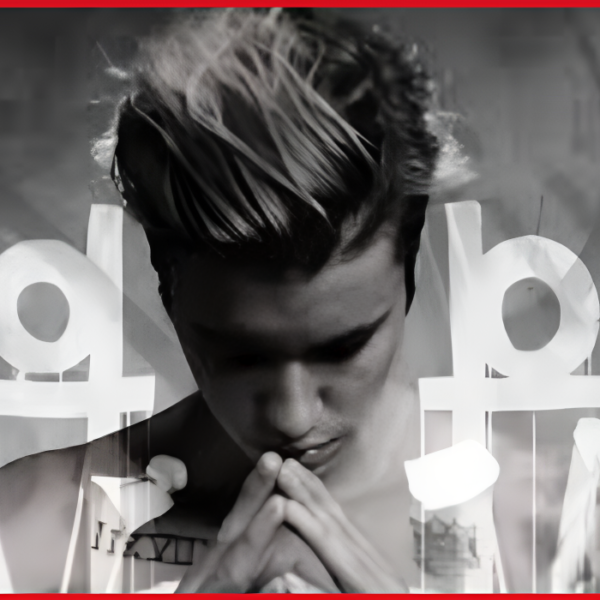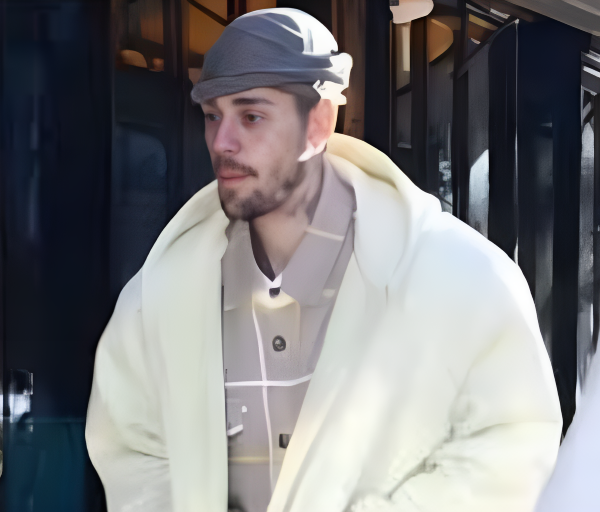Donald Trump once again returned to power in the United States as president, a new beginning for America. This re-election has triggered people to focus on policies and scandals in which he was involved during his first regime. So let’s take a closer look at key issues that were absolutely burning during his previous administration and still provoke heated discussions as he returns to the White House.
Family Separation Policy at the Border
One of the policies that created whistleblowing from Donald Trump’s earlier term was the “zero-tolerance” of migration at the border of Mexico and the US, entailing the separation of children from their parents. This was in the first instance defended by Trump’s administration as a mechanism to prevent the entry of such individuals into the United States. Trump used to boast that this policy was inherent in the existing provision of law, but it later emerged that his government had wanted these separations to dissuade people from crossing the border.
When pictures of scared children locked in cages surfaced on international media, it attracted criticism. Concerns about children’s poor environment, abuse and neglect, and lack of access to health care also fueled the voices. Finally, the pressure starting from the Democrat’s side and then from the Republicans made Donald Trump sign an order, which put an end to the policy. A federal judge also demanded the government return the families, though in this case, logistical problems complicated the process. Some children found it difficult to reunite with their families, which revealed the organizational failures of the system.
Increase in ICE Arrests
Many of Donald Trump’s actions on immigration were centered on the process of limiting immigration to the US, in addition to official border-related measures. His administration instructed Immigration and Customs Enforcement (ICE) to apprehend immigrants who are living in the country unlawfully, regardless of their criminal connections. This was a departure from the previous government, where only candidates with criminal records made better conversation. In the hands of Trump, ICE started performing raids in different areas, from homes to churches and schools.
These arrests boosted the so-called ‘ sanctuary city’ phenomenon or policy where most city governments honor the Mexican immigrants and all other immigrants by resolving not to afford any cooperation to ICE in removing immigrants from the cities. The raids were described as violent and avoidable by the critics and described as crucial to restoring law and order by Trump’s fans.
The Emoluments Clause Controversy
Several questions arose regarding Donald Trump and possible conflict of interest concerning his business throughout the presidential campaign and even after the elections and inauguration, next to his namesake, the Constitution’s “Emoluments Clause.” This provision prohibits any federal official, with Congress’s consent, from accepting a gift or payment of any sort from a foreign government. He was accused of using the presidency by raking cash from his hotels that were beneficiaries of visits by domestic and foreign leaders and lobbyists, among others.
For instance, Trump has been hired in numerous legal cases, but he did not divest his businesses or, at least, put them in a blind trust. However, he delegated authority in his organization to his sons but remained with the benefits from these transactions. The cases were thus litigated to an inconclusive conclusion before Trump’s first term but continued to keep the discussion going on the fiscal legal limit for politicians.
Supreme Court Appointments
During his first presidency, Trump reshaped the Supreme Court by appointing three conservative justices: Donald Trump nominated Neil Gorsuch, Brett Kavanaugh, and Amy Coney Barrett. These appointments were highly charged politically and shifted the Court to the right As we shall see in the subsequent chapters, social, political, and economic-related decisions of the Supreme Court started to change from the year 1991 henceforth.
Although there was debate surrounding each candidate this year, Kavanaugh’s confirmation was the most contentious because of claims of harassment against him, which he denied. Even Trump’s appointments ensured the formation of yet more right-wing presence in the Supreme Court system that may shape the laws of the United States for years. His choices reflected his desire to want a judicial revolution that aligned with his conservatism—this has formed a big part of his politics.
High-Profile Cabinet Controversies
Of the members of Donald Trump’s cabinet, some of those had clear links to the industries they were responsible for regulating. These included former head of the Environmental Protection Agency (EPA) Scott Pruitt, who had once legally sued the EPA on behalf of the oil and gas industry, and Education Secretary Betsy DeVos, a pro-charter school activist in place of public education.
Several cabinet secretaries had their misdeeds on spending and ethical matters by the end of their term, making Trump’s cabinet have a high turnover. Numerous of the officials, including Health and Human Services Secretary Tom Price, EPA’s Pruitt, and Interior Secretary Ryan Zinke, came under increasing scrutiny for waste of resources or a violation of ethics. Some quit out of pressure while others were sacked, making the internal situation even more chaotic within Trump’s administration.
What Trump’s Return Could Mean
Global and regional concerns now arise as to what Trump has in store for America in the next four years of his leadership. Supporters of Donald Trump expect him to take decisive actions in the exploitation of natural resources and presidential appointments; others fear his strategies intensify the gap between people of different races. Analysts globally say they are also waiting to see which way the Trump presidency may change on such issues as foreign alliances and trade.
Some of the main questions have to do with what Trump is likely to do—repeat or modify the strategies. Such matters as immigration, healthcare, and foreign policy, among others, will come up again. For the next challenges, such as the actual economic recovery quest, Trump’s second term shall come with major changes to the political field.
Conclusion
Donald Trump’s victory has both new opportunities and new challenges for the continuation of the policies of his first presidential term. Whether it is Trump’s immigration policy ICE enforcement, or the Supreme Court leaning right, Trump’s past has set the tone for his new presidency. As he gets into his seat, the nation seems divided, with followers and opponents eagerly waiting to see the trajectory of his policies toward the United States.
















